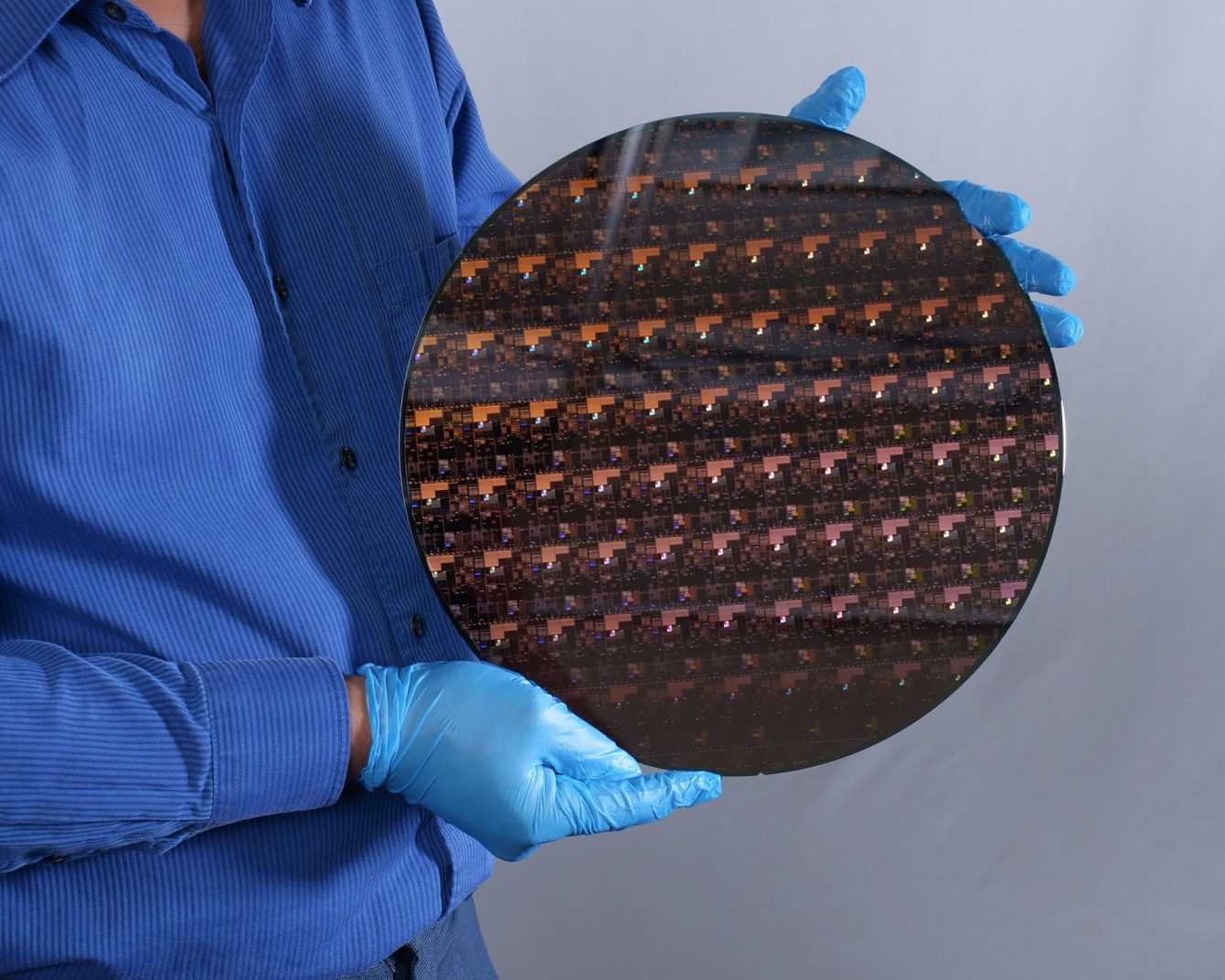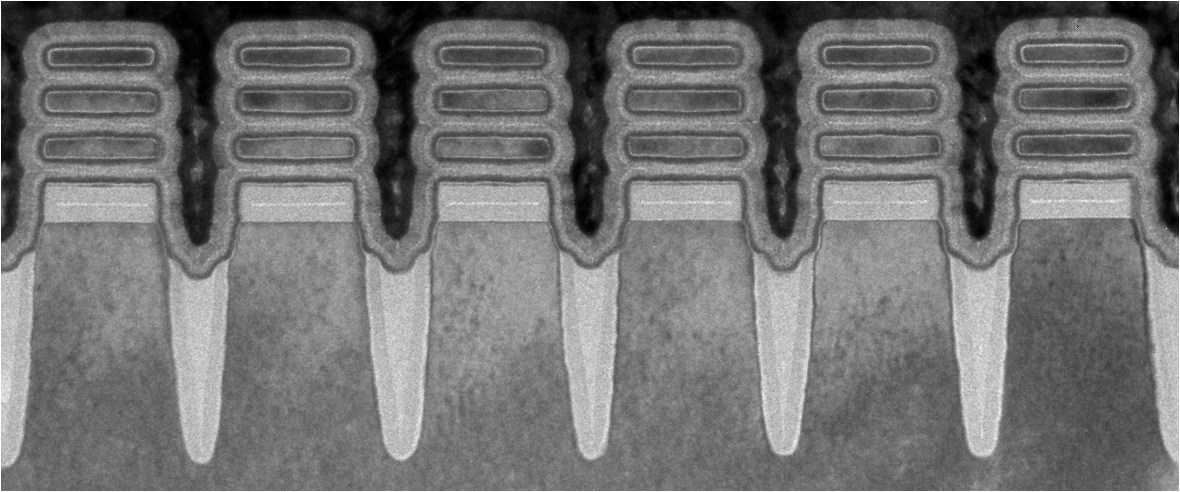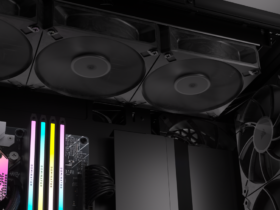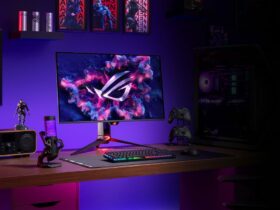
A new milestone in semiconductor history has been marked: IBM has obtained the world’s first 2nm chips, opening up further developments in the future of semiconductors. CPUs and GPUs made at 2nm could be 45% better in performance or reduce power consumption by 75%
IBM today unveiled a breakthrough in semiconductor design and process with the development of the world’s first announced chip with 2-nanometer (nm) nanosheet technology. Semiconductors play a critical role in everything, from processing, to equipment, communication devices, transportation systems and critical infrastructures. The demand for ever better chip performance and energy efficiency continues to grow, especially in the era of hybrid cloud, artificial intelligence and the Internet of Things. IBM’s new generation of 2nm aa chips help advance the state of the art in the semiconductor industry by addressing this growing demand. It is expected that it will achieve 45% more performance, or 75% less power consumption, compared to today’s most advanced 7nm chips with which the latest generation AMD CPUs and GPUs are built.

Potential benefits of CPUs and GPUs built with 2nm technology could include:
- Quadruple the battery life of your mobile phone, requiring users to charge their devices once every four days
- Reduce the carbon footprint of data centers, which represent 1% of global energy consumption. Changing all servers with 2nm processors could potentially reduce that number significantly.
- Drastically accelerate the functions of a laptop, ranging from faster processing in applications, to easier language translation assistance, to faster Internet access.
- Contribute to object detection and faster reaction times in autonomous vehicles such as self-driving cars.
Darío Gil, Senior Vice President and Director of IBM Research:
IBM innovation reflected in this new 2nm chip is essential for the entire semiconductor and IT industry. It is the product of IBM’s approach to addressing difficult technological challenges and a demonstration of how discoveries can result from sustained investment and a collaborative approach to the R&D ecosystem. ”
IBM at the forefront of semiconductor innovation
This latest breakthrough builds on IBM’s decades of leadership in semiconductor innovation. The company’s semiconductor development efforts are based on work done in its research laboratory located at the Albany Nanotech Complex in Albany, NY, where IBM scientists work closely with public and private sector partners to push the boundaries of logic scaling and semiconductor capabilities.
This collaborative approach to innovation makes IBM Research Albany a world-leading ecosystem for semiconductor research and creates a strong innovation pipeline, helping to meet manufacturing demands and accelerate the growth of the global chip industry. IBM’s legacy of semiconductor breakthroughs also includes the first implementation of 7nm and 5nm process technologies, single-cell DRAM, Dennard’s scaling laws, chemically amplified photoresistors, copper interconnect cabling, Silicon on Insulator technology , multi-core microprocessors, high-k gate dielectrics, embedded DRAM and 3D chip stacking. The first commercialized offering by IBM, including IBM Research 7 nm advancements, will debut later this year in IBM Power Systems based on IBM POWER10.

IBM’s 2nm CPU and GPU: 50 billion transistors on a fingernail-sized chip
Increasing the number of transistors in CPUs, GPUs, and chips of all kinds can make them smaller, faster, more reliable, and more efficient. The 2nm design demonstrates advanced semiconductor scalability using IBM’s nanosheet technology. Its architecture is an absolute novelty in the sector. Developed less than four years after IBM announced its milestone in 5nm design, this latest breakthrough will allow the 2nm chip to accommodate up to 50 billion transistors on a fingernail-sized chip. For comparison, an RTX 3090 contains 28 billion transistors in a space of 628 mm2, about twice the size of an average fingernail!

More transistors on a chip also means that processor designers have more options for infuse core-level innovations to enhance capabilities for cutting-edge workloads such as AI and cloud computingas well as new paths to hardware-enforced security and encryption. IBM is already implementing other innovative core-level enhancements in the latest generations of IBM hardware, such as IBM POWER10 and IBM z15. In addition to the advantage guaranteed by the smaller transistors, there are also numerous architectural innovations awaiting us in the coming years, so in the coming years, let’s expect big news: traditional semiconductors are still alive! That’s all from the hardware section, keep following us!
IBM article announces 2nm chips: CPU and GPU 45% better than 7nm comes from TechGameWorld.com.















Leave a Reply
View Comments